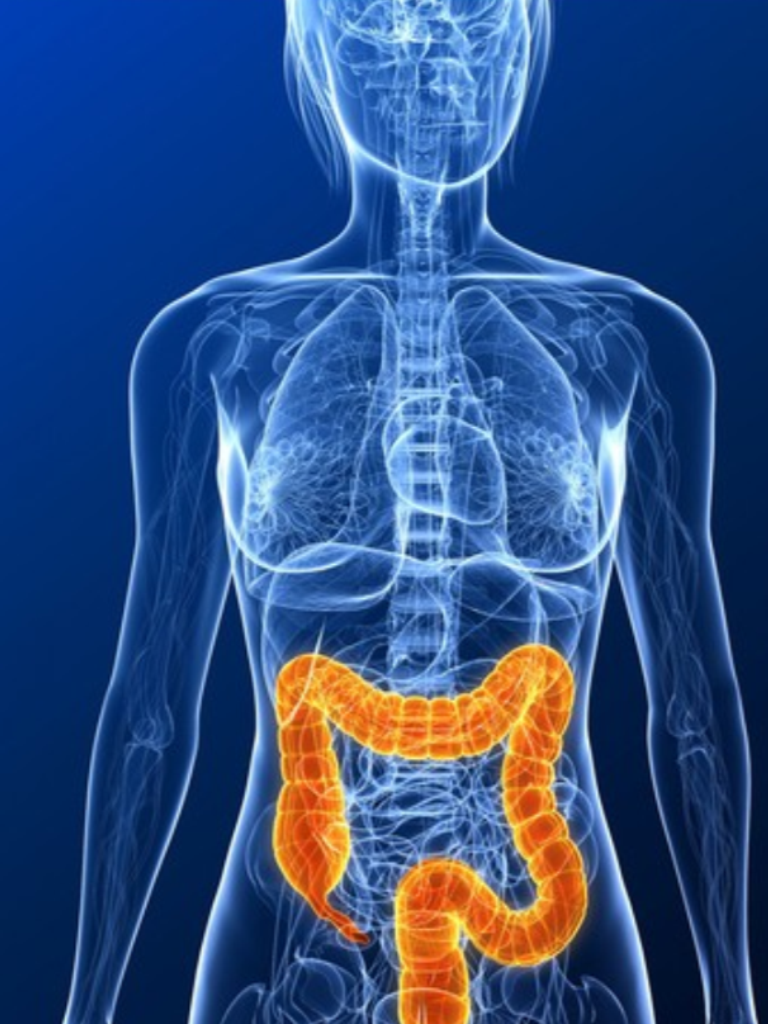The Appendix is a stretch of our intestine that is at the level of the Blind. The Blind is the beginning of the colon. The material digested by the small intestine or small intestine, pours into the blind and continues into the colon to the rectum where it is expelled with defecation as a fecal material.
INDEX : 1. WHAT APPENDICITIES 2. SYMPTOMS OF THE APPENDICITIES 3. SURGICAL TECHNIQUES 3.1. LAPAROSCOPIC APPENDICECTOMY 4. INFORMATION AFTER THE LAPAROSCOPIC APPENDICECTOMY OPERATION
1. WHAT IS APPENDICITY The appendix is shaped like a small closed conical bag. Up to the age of 15 years it is rich in lymphatic follicles such as those that deal with the tonsils of the boys. After this age it becomes atrophic, becomes fibrotic and the cavity inside it, that is its light, obliterates. The acute blockage of the appendiculum, caused by a lymphatic lobe swelling or faecal, concretion or parasitic debris, causes inflammation defined as ACUTE APPENDICES. Since the position of the appendix with respect to the blind can vary, also being behind the intestine such as the so-called backside appendix, the symptoms of appendicitis may also vary. Typically, they start with central abdominal pain, between the sternum and the navel, and then move to the lower right, in the typical area: the right iliac fossa.
2. SYMPTOMS OF THE APPENDICITIES
Symptoms of appendicitis are variable and only half of the cases occur to the surgeon with classic abdominal pain in the lower right hand corner of the so-called right iliac fossa. Generally the first symptoms are represented by the abdominal pain under the breastbone, which then will be localized in the right iliac fossa. This picture is accompanied by symptoms such as malaise, nausea and vomiting, difficulty in the movements of the right leg and constipation. Attention to the symptoms of retrocecal appendicitis, those appendixes that are posteriorly and that DO NOT give abdominal but often lateral lumbar symptoms. Fever can appear frequently. Clinical analyzes with a specialist visit can clarify the diagnosis. The White Blood Cells increased (the so-called Leukocytosis) An ultrasound can show free fluid in the peritoneum. The diagnosis is particularly difficult in the very young and in the elderly because they often mask the symptoms. If appendicitis is treated early with antibiotics, symptoms are often regressed, otherwise the treatment of an acute appendicitis is surgical. If left untreated it can evolve into a picture of abscess and peritoniti 3. SURGICAL TECHNIQUES 3.1 LAPAROSCOPE APPENDICECTOMY: The intervention consists in removing the appendix by dissecting and closing with its points its plant base. This intervention I always prefer to do laparoscopic, that is, through three few mm incisions, one of which is umbilical. You enter with a view that allows me to evaluate well the nearby organs as well. In young women laparoscopy is particularly important as it allows me to evaluate the state of the ovaries and the tubes that, when inflammed, can simulate an acute appendicitis. For a few years I have been involved with a modern technique with only one umbilical engraving: The so-called SINGLE INCISION LAPAROSCOPY or SILS with undoubted aesthetic advantages and reduced postoperative pain. 4. GENERAL INFORMATION AFTER THE LAPAROSCOPIC APPENDICECTOMY OPERATION of Dr. Carlo Farina The intervention was done about 2-3 days ago, drainage pipes (if they were placed) were extracted and now we can consider that the major concerns and dangers to intervention have been overcome. The modest post-operative pains that were initially treated with the syringe pump and then with painkillers at the need are currently mild and controllable by a light analgesic that will allow for regular life. Even defecation is not a worrying event, if it does not happen spontaneously, you will be given a mild laxative. The job can be resumed in about 10 days. This recovery period will serve you to gradually regain regular nutrition and physical activity that will give you full autonomy. It will have to wait 3 weeks after the intervention to resume sports. The nutrition must be complete and healthy, considering that switching from light and semi-meal meals to normal meals must take place in about ten days. Initially, then take pastries of vegetables, pastries, soft cheeses and cooked fruits, then go to pasta, white meat and fresh fish and fruit and then everything else. Avoid heavy foods such as fried digestion, cooked oils, over-abundant meals and spirits for 3 weeks, while drinking at least two liters of liquid per day. The wound is closed and well-established. You can shower without worry. Only the wound of the drainage pipe will have to be disinfected after the shower, and covered with a patch again for a few days. After surgery the patient can observe one of the following situations: • Abdominal pain, especially umbilical wounds. They are generally accentuated by coughing and coughing. They are attenuated until they disappear in 7 to 10 days. • Abdominal swelling. It is caused by relaxation of the muscles following the intervention. Spontaneously break with the resumption of normal physical activity. • Fever: alert the operating team to exclude possible wound infections (possible in 20% of cases and treated with ambulatory dressings. For any further information or if necessary we are at your disposal.







